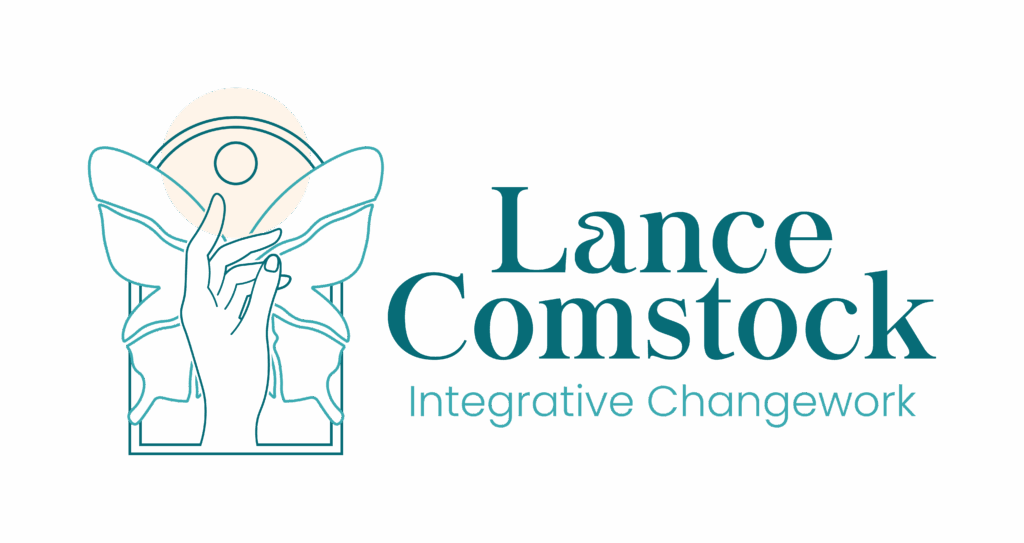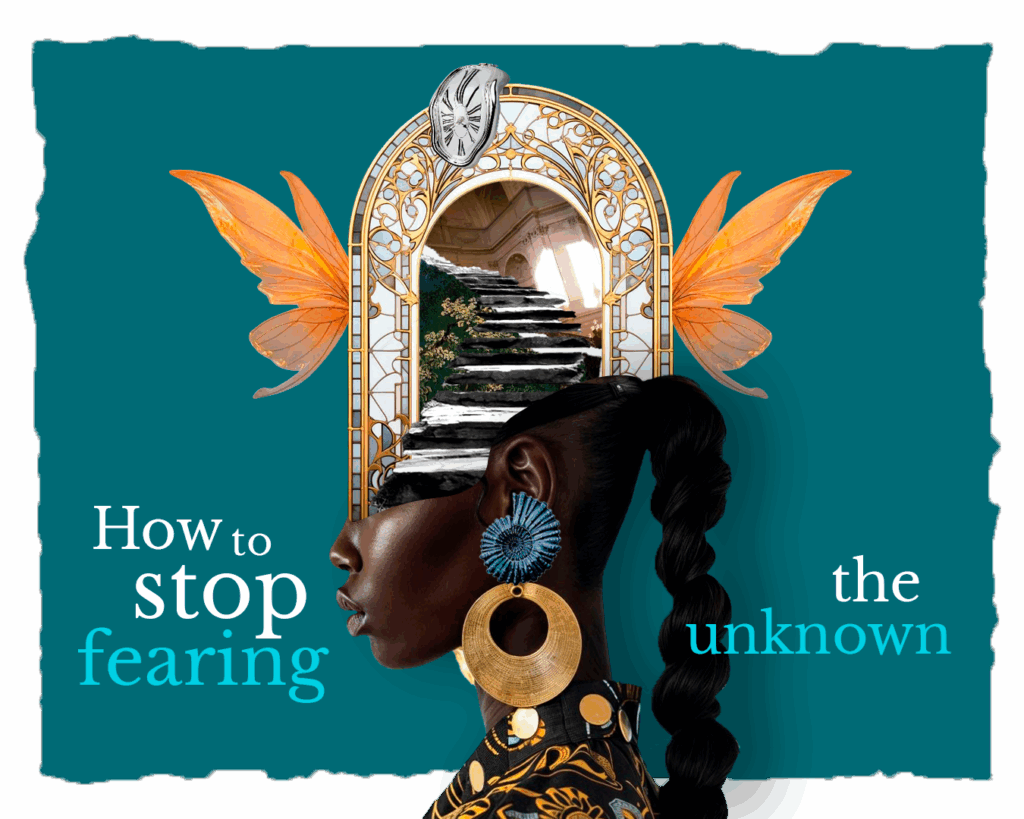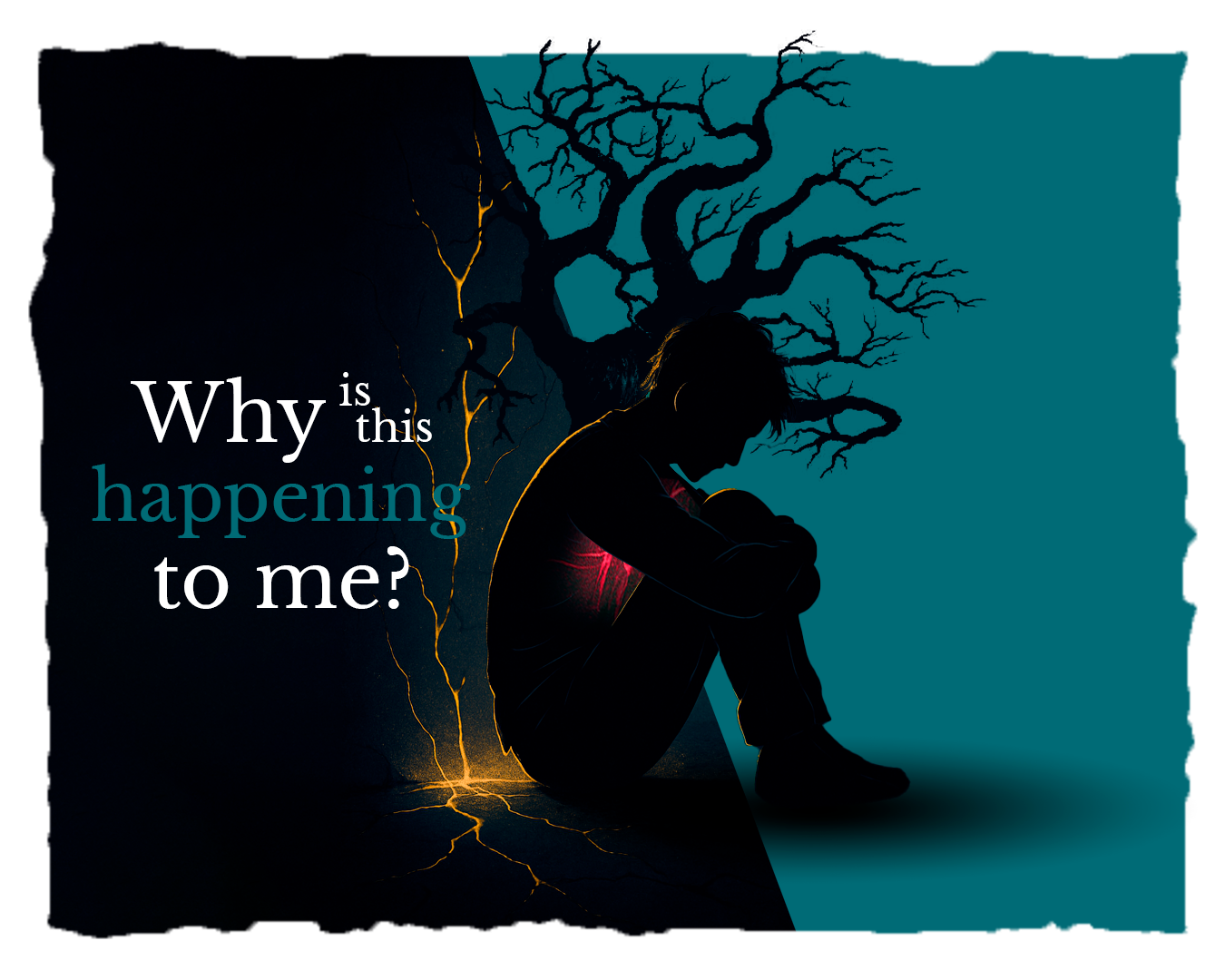There have been several times in my life where I’ve felt trapped by my own emotions and fears—sometimes even depression. It’s far easier to stay exactly where you are than it is to get up and start moving in any way, whether it’s going for a walk, heading to the gym, cleaning your space, or stepping into something completely unknown. Our minds don’t like the unknown. We feel safer staying where we’re comfortable, and it’s not our fault—it’s just how our brains are wired. If we stay safe, we survive.
Being comfortable and cozy was the story of my life growing up. I remember my first day of school—I was terrified. My mom woke me up to get ready, but I didn’t want to go. It took time to adjust, as it does for all kids, but eventually, being in school felt easier. By the time I started to get the hang of things in first grade, I was pulled out and homeschooled all the way through 11th grade. My mind had just started to make the unsafe feeling of being around other kids feel normal, and then I was pulled right back into my comfort zone.
That feeling of staying in and being safe became so familiar. Even later, when I returned to public school and was forced out of my comfort zone, I emotionally retreated to protect myself. But deep down, I knew that if I wanted to grow and move forward, I’d have to get uncomfortable at some point—I couldn’t just hide forever. Or could I? It definitely was more appealing to me than getting uncomfortable.
There were two sides of me: one that wanted to stay hidden, and another that pushed me out of my shell when I hit a breaking point. For example, before moving to Texas in 2010, I spent months tirelessly looking for a job. I had no car to job hunt independently, so I had to rely on my family to take me to interviews, which wasn’t always possible. So much felt out of my control because I was young and just starting out.
When I finally moved to Texas for a job, everything felt uncertain. My mind didn’t like it, and my body reacted with physical symptoms—rashes, pain, headaches. It was similar to when we lost my childhood home and moved to a new area; life became stressful, hard, and sad.
Then, during the COVID lockdowns in 2020, I freaked out. By that point, I’d adjusted to a new flow of life—I was working, exercising, planning yoga teacher training, and going to school. But suddenly, I was sent back home, just like in kindergarten. This time, my body responded with chronic back pain.
More recently, when I moved from my apartment in Dallas to a new home in Rhome, Texas, I had the same reaction. I left my job and scrambled to find work in a new area. I believe my mind kept unconsciously replaying the time we lost our home and moved to a bad area when I was 12, as if it were happening all over again.
What is it about transitions that causes so much stress? It’s because stepping into the unknown triggers our survival instincts. Our mind warns us, “If you step past that line, something bad might happen. It’s not safe. You’ll lose your job. You won’t have money for food or shelter. It’ll be just like that awful time in your past.” Our minds latch onto past experiences and send signals to our bodies, convincing us we’re in danger.
So, how do we override these fears? First, you can start by simply reassuring your mind that everything is okay and you’re safe. Doing this before a big transition can help even more, getting therapy or coaching or finding a way to better cope with the transition process will help ease your mind and calm the nervous system. Another powerful way is to reframe the past. This is where Rapid Transformational Therapy comes in—I help clients look back at their past with the wisdom of a capable adult, rather than the vulnerable child they once were.
Some say looking back at the past stops you from moving forward. I disagree. I believe that reviewing the past gives you a chance to see things differently, to change the meaning you attached to those events, and to free yourself. It’s a powerful opportunity to rewrite your narrative and propel yourself forward.
The first step to change is movement. The world keeps turning, and we have to turn with it. Movement and transitions are a constant part of life, but we can choose to make them feel safe and familiar. Growth only happens when we step into the unknown. You have the choice: stay comfortable and wonder what could’ve been, or step forward, face your fears, and discover what phenomenal changes await you.



